Hepatitis C Ab
(Specimen Container)
SST (Tiger Top) Lithium Heparin/ Sodium Heparin/ Dipotassium EDTA
(Transport Temperature)
| Temperature | Period |
|---|---|
| Room temperature | 72 hours |
| Refrigerated | 7 days |
| Frozen | If delayed longer than the max RT or 2-8°C, store frozen |
The Alinity i Anti-HCV assay is for the detection of antibodies to the hepatitis C virus (HCV). Chemiluminescent immunoassays are a variation of the enzyme immunoassay (EIA) principle. Solid phase EIAs, first described in the early 1970s, use antigens and/or antibodies coated on a surface to bind complementary analytes.The bound analyte is detected by a series of antigen-antibody reactions. EIAs are available to identify antigens and antibodies related to viral hepatitis infection. In the Alinity i Anti-HCV final reaction, bound acridinylated conjugates are used to generate a chemiluminescent signal.
HCV is a bloodborne virus. Serological studies employing EIAs for detection of antibodies to recombinant antigens of HCV have established HCV as the cause of most bloodborne as well as community-acquired non-A, non-B hepatitis. The presence of anti-HCV indicates that an individual may have been infected with HCV, may harbor infectious HCV, and/or may be capable of transmitting HCV infection.
Although the majority of infected individuals may be asymptomatic, HCV infection may develop into chronic hepatitis, cirrhosis, and/or increased risk of hepatocellular carcinoma.The implementation of blood donation screening for anti-HCV by EIAs has led to a marked decline in the risk of transfusion-transmitted hepatitis.
Alinity i Anti-HCV has been designed to detect antibodies to putative structural and nonstructural proteins of the HCV genome. The relationship between the recombinant HCV proteins in Alinity i Anti-HCV and the putative structural and nonstructural proteins of the HCV genome is depicted below.
HCr43: The HCr43 protein is expressed in Escherichia coli (E. coli) and is composed of two noncontiguous coding regions of the HCV genome sequence. The first region represents amino acids 1192 to 1457 (33c) of the HCV sequence. The second of the two regions represents amino acids 1 to 150 (core) of the HCV sequence. Because of the similarity of the genomic organization of the flaviviruses, it is suggested that the first sequence is from the NS3 coding region and the second sequence is from the core coding region of HCV.
c100-3: The c100-3 antigen is a recombinant HCV protein expressed in Saccharomyces cerevisiae (yeast). The genomic organization of flaviviruses suggests that the cloned sequence is contained within the putative nonstructural (NS3 and NS4) regions of HCV. The c100-3 protein is a chimeric fusion protein with 154 amino acids of human superoxide dismutase (hSOD), five linker amino acids, amino acids number 1569 to 1931 of the HCV polyprotein, and the additional five amino acid linker at the carboxyl terminus.
The Alinity i Anti-HCV assay is a chemiluminescent microparticle immunoassay (CMIA) used for the qualitative detection of immunoglobulin G (IgG) and immunoglobulin M (IgM) antibodies to hepatitis C virus (anti-HCV) in human adult serum and plasma (potassium EDTA, lithium heparin, and sodium heparin) on the Alinity i analyzer.
Assay results, in conjunction with other laboratory results and clinical information, may be used to provide presumptive evidence of infection with HCV (state of infection or associated disease not determined) in persons with signs and symptoms of hepatitis and in persons at risk for hepatitis C infection.
WARNING: Not intended for use in screening blood, plasma or tissue donors. The effectiveness of Alinity i Anti-HCV for use in screening blood, plasma, or tissue donors has not been established.
Assay performance characteristics have not been established for newborns, infants, children, or populations of immunocompromised or immunosuppressed patients. The user is responsible for establishing their own assay performance characteristics in these populations
No quantitative reference range

